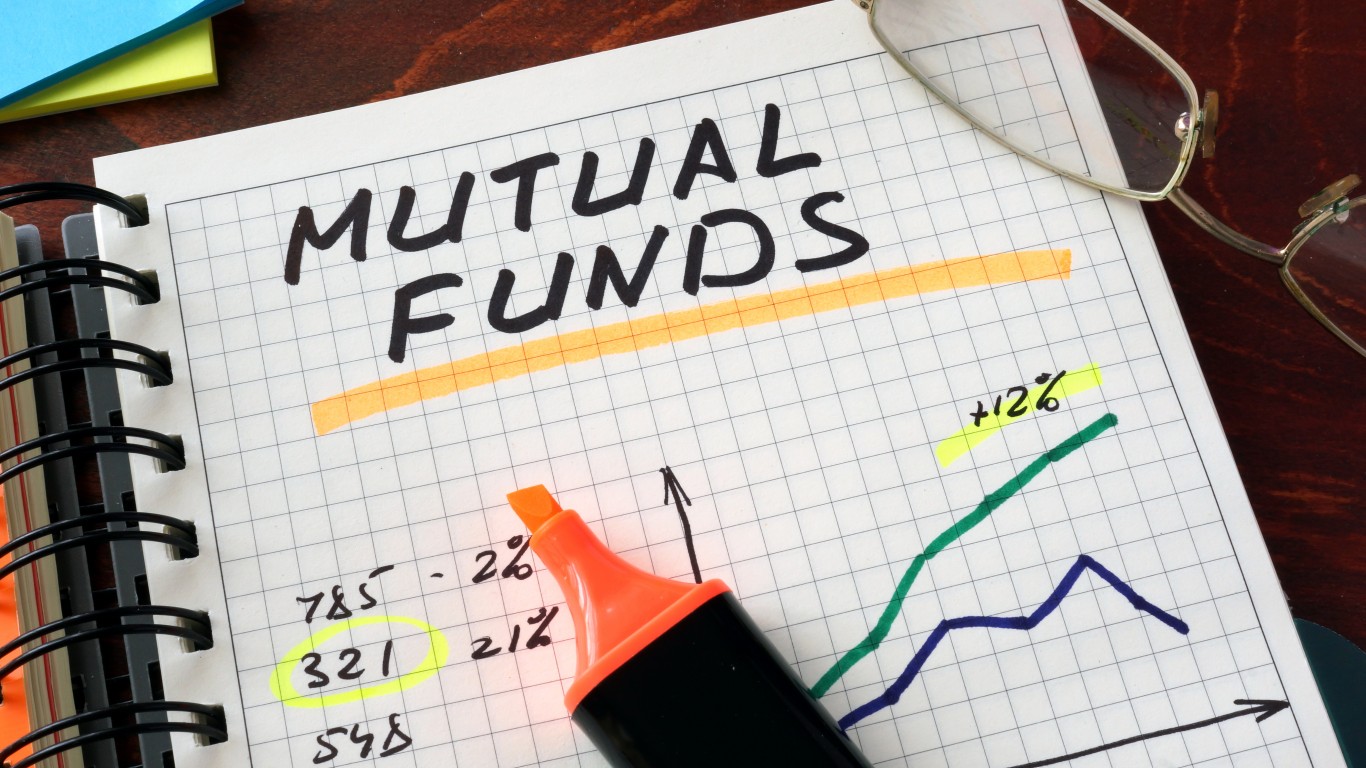
Savings skyrocketed during the pandemic, as Americans socked away more cash than they otherwise would have. According to the Fed Bank of San Francisco, households managed to build up excess savings in the 18 months leading up to August 2021, peaking at $2.1 trillion as the government distributed over $4 trillion in stimulus relief.
However, the surplus was short-lived as the onset of inflation following Covid eroded those savings, making it difficult for families to afford their lifestyles. While inflation is no longer hovering at its 2022 peak of 9%, zooming out offers some perspective. The inflation rate has soared by a shocking 21% since the pandemic, placing the Fed’s 2% goal even further in the distance.
In the current economy, Americans are increasingly convinced that a middle-class lifestyle, comprising a piece of land and a secure retirement, is out of their grasp, owing to high inflation. In fact, inflation has stolen the spotlight from an otherwise humming economy in which wages, employment and the stock market are on the rise.
A recent study by Primerica reveals that American households are going on offense against inflation. Those who believe inflation is outpacing their income are responding by slashing their spending in areas like entertainment and dining out, while close to 50% have chosen to suspend their savings activity altogether.
Many middle-class families believe their personal finances are in shambles, a negative sentiment that’s spilled over from 2023. Research shows household savings hover below the $8,000 level at an average APY of just 0.47%, giving savers the short end of the stick. As the cost of necessities has risen, many families believe there’s still another shoe yet to drop in the economy and are bracing for things to get worse in 2025.
Savings Evaporate While Credit Card Debt Rises
Over the last three years, Americans have been dipping into their excess savings at a rate of approximately $70 billion each month until hitting a bottom of negative $72 billion in March, as pointed out by The Kobeissi Letter. Things might get worse before they get better considering credit card debt has ballooned by $330 billion over this stretch to an all-time high of $1.1 trillion. Savings have taken a backseat, with the rate falling to 3.2% in March from 3.5% in February, revisiting November 2022 lows.
The average American is carrying nearly $7,000 in credit card debt, made worse by the elevated interest rate environment in which credit card interest rates have climbed to 25% and beyond. As a result, the percentage of borrowers worried about credit card debt has increased nearly 40% this year vs. 2023. Consumers are relying on their credit cards more and paying less on balances, an equation that could spell disaster for many borrowers who are struggling to make ends meet. On the bright side, close to 25% of those surveyed by Primerica have zero credit card debt.
Retiree Income Shrinks
One particularly worried group is retirees, nearly 90% of whom have been losing sleep over inflation as their savings and income dwindle, according to a Schroders retirement poll. Nearly three-quarters of retirees aren’t confident in their ability to generate income at this stage of their lives while inflation diminishes the buying power of the income streams they have.
Middle class Americans who are preparing for retirement are taking a step back, choosing to direct less into their nest eggs as they struggle to maintain their lifestyles. The Primerica poll reveals that nearly one-third of survey participants are saving less for retirement in 2024, a seven-percentage point increase compared with 2022 levels.

Middle-class retiree financial wealth sank 14.2% since 2021, owing to inflation-fueled withdrawals that surpassed the usual amounts, according to Boston College estimates. Things could be worse. Should the economy fall into a recession, their wealth would drop nearly 17%, estimates suggest. Between 2021 and 2023, retirees increased their withdrawal amounts by nearly $2,000 each year on average. While Social Security ebbs and flows each year in response to inflation, distributions from employer-sponsored pension plans do not.
Discount Demand
In response, consumers have been flocking to discount retailers like Walmart (NYSE: WMT) for basic items. While Walmart is already popular with low-income families, high inflation has attracted more middle-class and high-net-worth individuals who have similarly felt the sting of high inflation. Customers are drawn to the lower prices on everyday items like groceries and personal-care items. According to the latest CPI report, food inflation has eased somewhat, rising a modest 1.1%, which was more in line with pre-pandemic levels.
In the three years leading up to Q1 2024, Walmart’s cut of shoppers who earn at least $100,000 rose by almost 3 percentage points, according to GlobalData projections cited by Bloomberg. Whether or not the trend will last once economic headwinds, including lofty interest rates and elevated inflation, finally begin to subside remains to be seen.
100 Million Americans Are Missing This Crucial Retirement Tool
The thought of burdening your family with a financial disaster is most Americans’ nightmare. However, recent studies show that over 100 million Americans still don’t have proper life insurance in the event they pass away.
Life insurance can bring peace of mind – ensuring your loved ones are safeguarded against unforeseen expenses and debts. With premiums often lower than expected and a variety of plans tailored to different life stages and health conditions, securing a policy is more accessible than ever.
A quick, no-obligation quote can provide valuable insight into what’s available and what might best suit your family’s needs. Life insurance is a simple step you can take today to help secure peace of mind for your loved ones tomorrow.
Click here to learn how to get a quote in just a few minutes.
Thank you for reading! Have some feedback for us?
Contact the 24/7 Wall St. editorial team.





